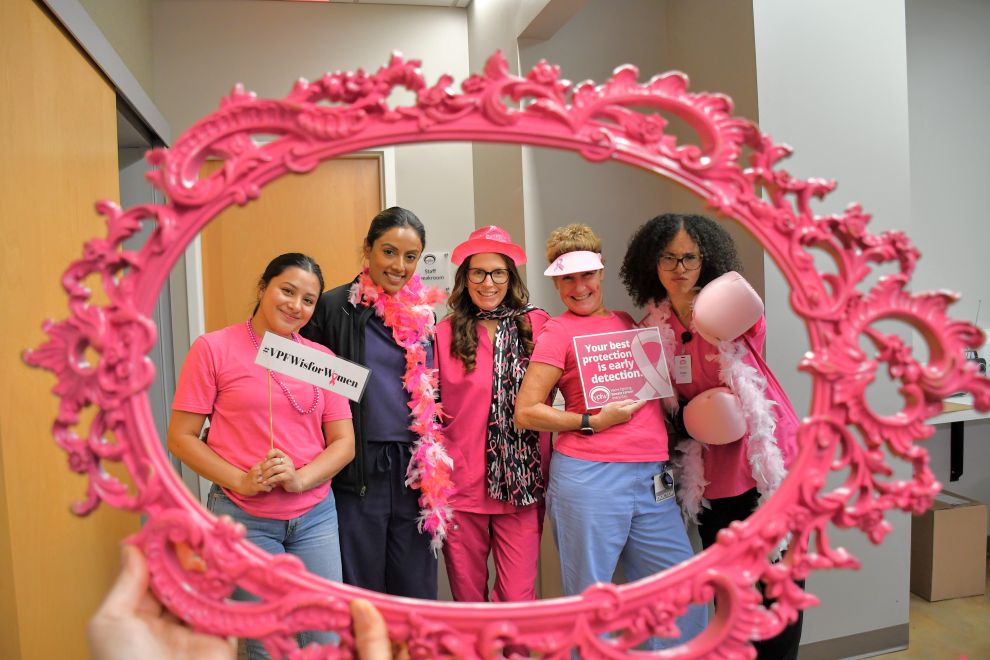Do you know the warning signs of heart attacks and strokes?
If you do, it could save your life.
Sweating. Pressure. Nausea. Jaw pain. Fatigue. Believe it or not, these can all be symptoms of a heart attack or heart disease in women. They are also symptoms that women can all too easily brush off as the flu, stress, or simply feeling under the weather – putting their lives in jeopardy.
Whether it’s disbelief, lack of awareness, or misdiagnosis, dismissing the symptoms of a heart attack can delay critical, life-saving treatment. Heart disease is the number one killer of women, which is why it is so important that women learn the warning signs and symptoms, see a doctor regularly, and learn their family history.
Heart Attack Causes and Symptoms
Heart attacks occur when the flow of blood to the heart is blocked by a buildup of plaque in coronary (heart) arteries. Often, the usual suspects are responsible – heavy smoking, high cholesterol, diabetes, high-stress lifestyle, or excessive extra weight – but some women have only a family history or no risk factors at all.
Some heart attacks are sudden and intense, but most of them start slowly, with mild pain or discomfort. Here are some of the signs that can mean a heart attack is happening:
• Chest discomfort. Heart attacks can involve discomfort in the center of the chest that lasts more than a few minutes, or it may come and go over a period of time. It can feel like uncomfortable pressure, squeezing, fullness, or pain.
• Discomfort in other areas of the upper body. Symptoms can include pain or discomfort in one or both arms, the back, neck, jaw, or stomach.
• Shortness of breath or a feeling that it is difficult to take a breath. This may even happen without chest discomfort.
• Other signs. These may include breaking out in a cold sweat, nausea, heart pounding, or light-headedness.
As with men, the most commonly recognized heart attack symptom is chest pain or discomfort. But women are more likely than men to have shortness of breath, nausea/vomiting, and back or jaw pain, often without chest pain at all.
Also life threatening, a stroke occurs when a blood vessel that carries oxygen and nutrients to the brain is either blocked by a clot, or bursts (ruptures). When that happens, part of the brain cannot get the blood and oxygen it needs, so brain cells die. Risk factors for heart attacks and
strokes are the same.
Stroke happens almost 800,000 times a year, and it strikes women more often than men. Of 6.8 million Americans who have survived a stroke, 3.8 million are female. This is primarily true because stroke increases with age. Seventy-five percent of strokes occur in people over sixty-five, and women live longer than men. By 2030, almost a fifth of Americans will be over age sixty-five, and the majority will be women.
The fifth-highest cause of death in the United States, stroke is the leading cause of severe, long-term disability. That’s why it’s so important to take action immediately if you or a loved one develops any stroke warning signs.
Stroke Warning Signs
• Sudden numbness or weakness of the face, arm or leg, especially on one side of the body
• Sudden confusion, or trouble speaking or understanding
• Sudden trouble seeing in one or both eyes
• Sudden trouble walking, dizziness, or loss of balance or coordination
• Sudden, severe headache with no known cause
Dial 9-1-1 Fast!
Heart attack and stroke are life-or-death emergencies. Every second counts! If you suspect that you or someone you are with has any of the symptoms of heart attack or stroke, immediately call 9-1-1 or your emergency response number so an ambulance can get you to help. Don’t delay – the faster you get treatment, the better your chance of survival.
For a stroke, also note the time when the first symptom(s) appeared. If given fast – typically within three hours from the start of symptoms – a clot-busting drug may improve the chance of a full recovery.
For more on acting F.A.S.T. to help stroke patients get the treatments they need, read THIS from the CDC.
Photo: Catherine Yeulet





